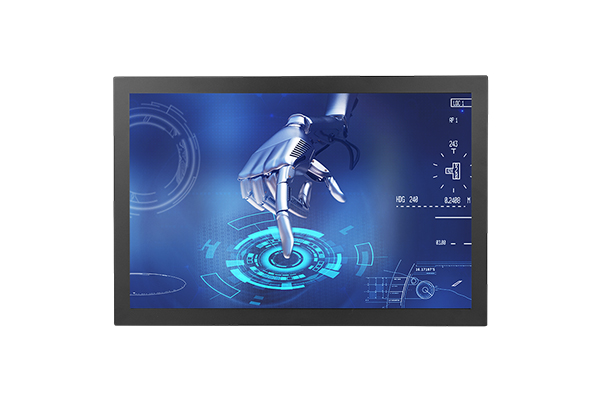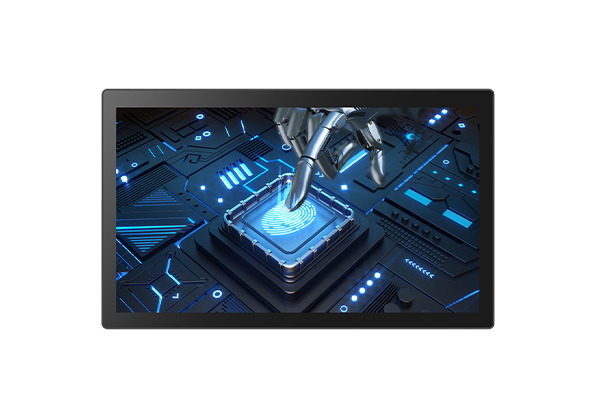How to effectively control the degree of deformation of sheet metal in sheet metal processing?
Release Time : 2025-11-10
In sheet metal fabrication, sheet deformation is a core issue affecting processing accuracy and finished product quality. Its root cause lies in uneven stress distribution, excessive localized stress on the material, or improper control of process parameters during processing. Effectively controlling deformation requires a comprehensive approach encompassing process design, equipment selection, operational procedures, and auxiliary technologies to form a systematic solution.
Deformation control in the cutting stage needs to focus on optimizing the sequence and method. When cutting sheet metal, continuous cutting in a single direction can easily lead to lateral bending deformation in long, slender parts due to concentrated thermal stress. Improvement strategies include: for long, strip-shaped parts, using segmented skip-cutting or symmetrical cutting sequences to disperse thermal stress and avoid excessive localized deformation; for parts with complex contours, laser cutting should be prioritized, as its non-contact processing characteristics reduce the impact of mechanical stress on the sheet metal, and the high-precision cutting path reduces the need for subsequent corrections. Furthermore, the flatness of the sheet metal must be checked before cutting; if initial bending exists, pre-leveling treatment is necessary to eliminate the basic deformation.
Deformation control in the welding stage requires strengthened management of process parameters and sequence. Welding is a major area of deformation for sheet metal, stemming from uneven material expansion caused by localized high temperatures, leading to residual stress upon cooling. Key control points include: selecting welding methods based on sheet thickness and material properties; for example, prioritizing TIG welding or laser welding for thin sheets to reduce heat input; strictly setting welding parameters, using low current and high speed to reduce the heat-affected zone; optimizing the welding sequence, such as using "symmetrical skip welding" for symmetrical structures to avoid unidirectional heat accumulation; and introducing shielding gases (such as argon) to prevent weld oxidation and accelerate heat dissipation through gas flow. For large structural components, a combination of segmented welding and cooling fixtures can be used, with copper plates pressed on both sides of the weld and cooled by water to create a forced cooling channel, significantly reducing the risk of deformation.
Deformation control in machining requires attention to clamping and cutting strategies. Thin sheet parts are prone to elastic deformation during milling, drilling, and other machining processes due to uneven clamping force or cutting vibration. The solutions include: designing dedicated tooling plates to integrate multiple small parts for machining, reducing single-point pressure by distributing clamping force; using adjustable-length clamping plates to dynamically adjust the clamping position during machining, ensuring the parts remain stable at all times; for ultra-thin plates (thickness < 0.2mm), a multi-layer stacked locking process is employed, using upper and lower clamping plates and screws to fix the sheet metal, followed by wire EDM machining to avoid indentations or tearing caused by traditional mechanical clamping. Furthermore, optimizing cutting parameters, such as reducing feed rate and increasing spindle speed, reduces the impact of cutting forces on the sheet metal.
Heat treatment and leveling processes are the "ultimate line of defense" for deformation control. For parts that have already deformed, the correction method must be selected according to the degree of deformation: minor deformation is corrected manually, using a sledgehammer and platform to restore the shape through localized tapping, but the force must be controlled to avoid work hardening; severe deformation requires mechanical correction, using a press or straightening machine to apply reverse pressure to reshape the sheet metal. For high-precision parts, a thermal leveling process can be used. This involves heating the material below its recrystallization temperature and applying pressure through a mold to homogenize the fiber structure while controlling the temperature to prevent material degradation.
The introduction of automation and CNC technology can fundamentally reduce human error. CNC bending machines, laser cutting machines, and other equipment control the processing path and parameters through programs, avoiding uneven force or sequential errors caused by manual operation. Automated production lines achieve closed-loop control of the processing process through robotic loading and unloading and online inspection, promptly detecting and correcting deformation tendencies. Furthermore, establishing a quality management system and conducting full-process inspection of raw materials, semi-finished products, and finished products can intercept deformed parts in advance, preventing problems from flowing to the next process.
Deformation control in sheet metal processing is a systematic project. It requires mitigating risks from the process design stage, reducing errors through equipment upgrades and standardized operations, and ultimately achieving precise correction through heat treatment and automation technologies. Only by implementing measures in a coordinated manner at each stage can processing accuracy be significantly improved, meeting the stringent requirements of "zero deformation" for sheet metal parts in high-end manufacturing.









